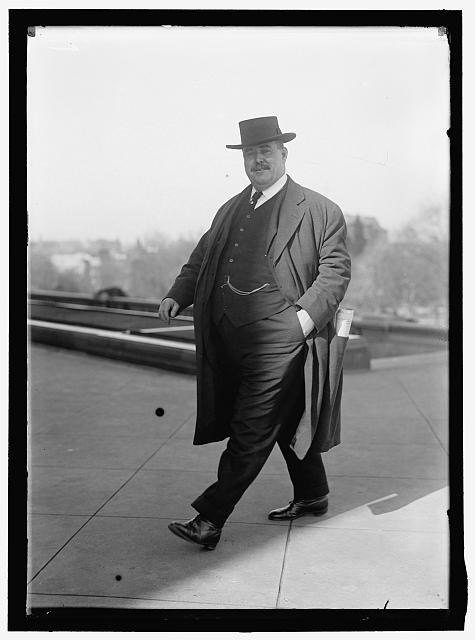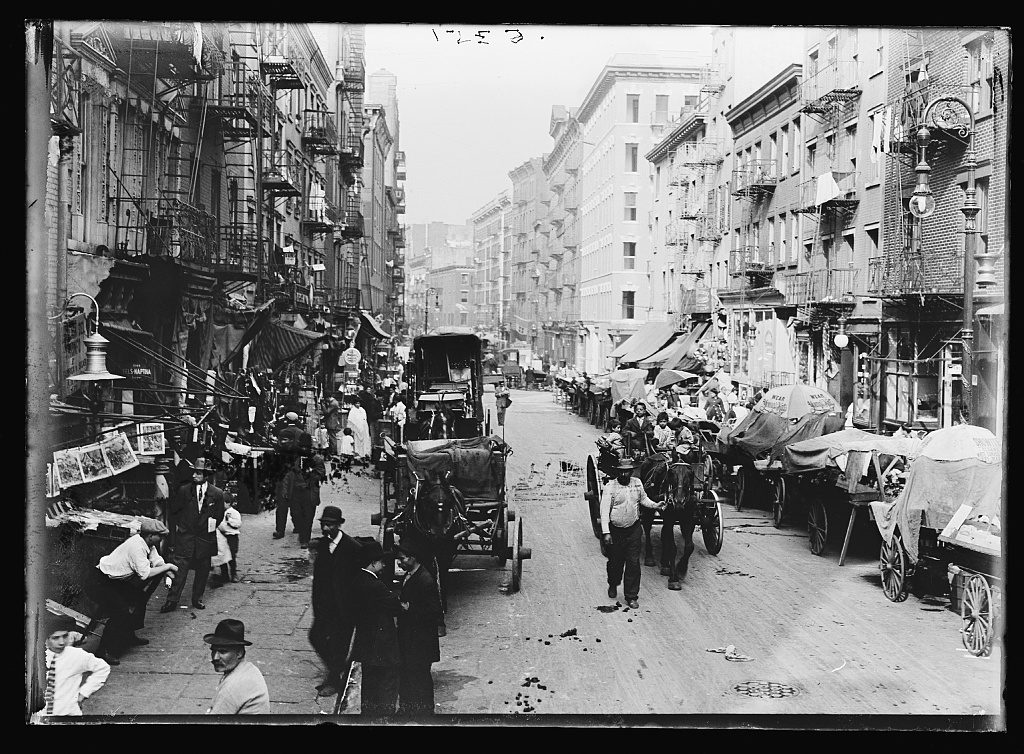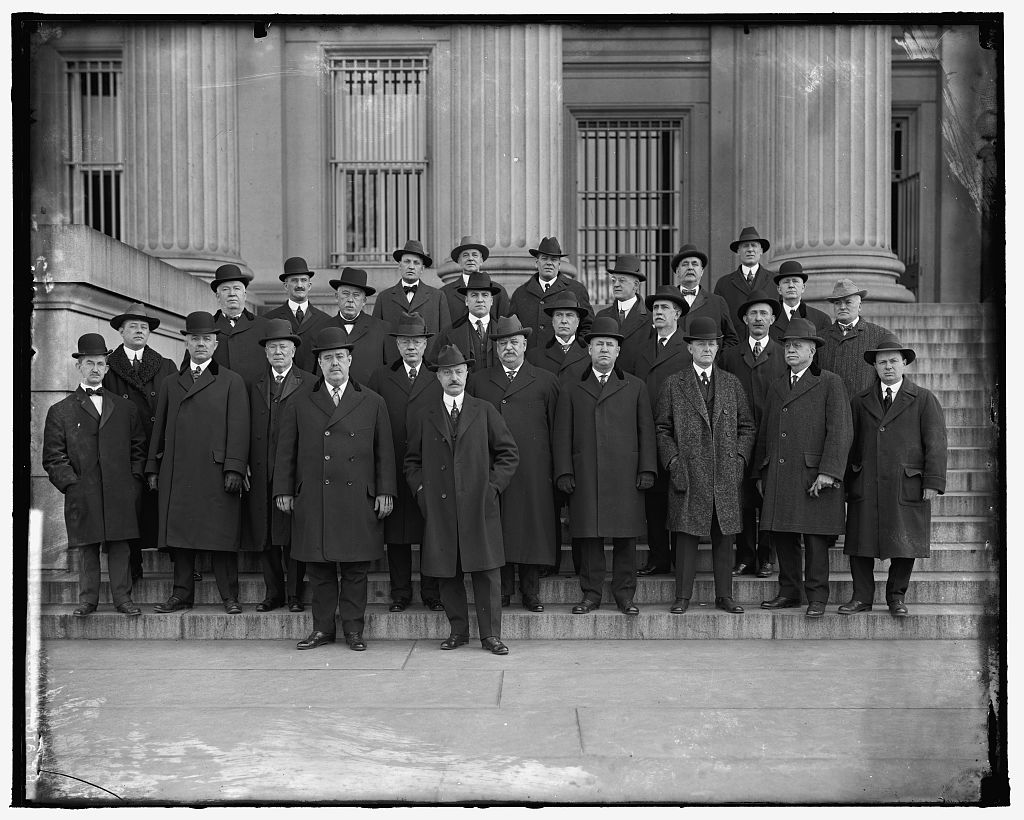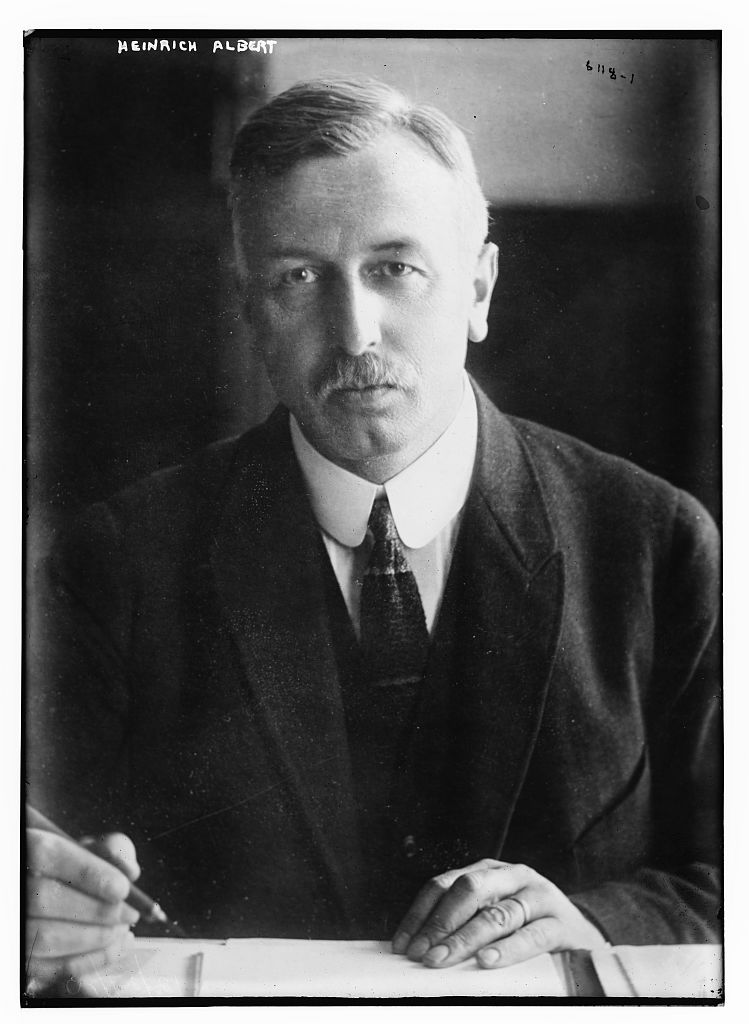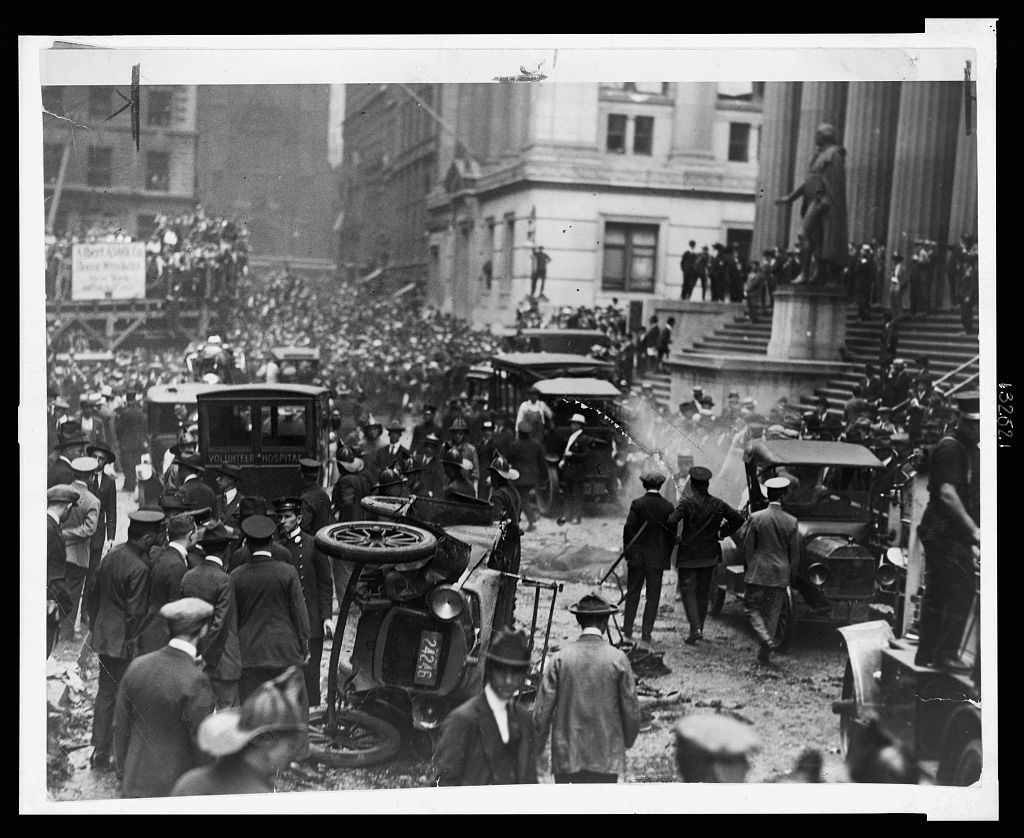In the early 20th century, William J. Flynn was one of the most famous detectives in America. As head of the U.S. Secret Service and later the Bureau of Investigation (forerunner of the FBI), Flynn led the chase for counterfeiters, took on the first Mafia crime family, pursued German spies during World War I, and launched America’s first “war on terrorism” against anarchist bombers.
Yet today, Flynn is largely forgotten, overshadowed by his more controversial successor, J. Edgar Hoover. A new book aims to change that and restore Flynn to his rightful place in history.
On the True Crime Reporter® podcast, I interviewed terrorism expert Jeffrey D. Simon, the author of “The Bulldog Detective,” the first full biography of this remarkable yet unsung American lawman.
The Making of a Legend
“Flynn helped create the modern FBI and established federal law enforcement’s role in combating organized crime, foreign espionage, and terrorism,” Simon said in our interview. “His story deserves to be much better known, not only to give him overdue credit but because many of the challenges he faced are still with us today.”
Born in 1867 in New York City, Flynn took a circuitous path to law enforcement. He worked as a plumber, semi-pro baseball player, and Pinkerton detective, among other jobs, before landing as a Secret Service agent in 1897 at the relatively advanced age of 30. He quickly distinguished himself going after counterfeiters and rose to head the agency’s New York office by 1901.
A Mountainous Man
He was a formidable figure. Six feet tall. 300 pounds. Built like a fire hydrant.
He had a cropped mustache and often wore a derby hat. A reporter described him as a “large mountainous man.”
Taking on the Mafia
It was in that role that Flynn first tangled with the Morello-Lupo gang. This Sicilian-American criminal group terrorized Italian immigrant communities with a ruthless campaign of extortion, kidnapping, and murder. Led by the fearsome Giuseppe “The Clutch Hand” Morello, the gang also ran a sophisticated counterfeiting operation that attracted the attention of the Secret Service.
“The Morellos were the first true Mafia family on U.S. soil and established the template for organized crime as we know it,” Simon said. “Flynn recognized the threat they posed early on and went after them like no one else.”
Steady Hammering
As Flynn became known for his tenacity, the Bulldog Detective spent years building a case against Morello and his lieutenant Ignazio “Lupo the Wolf” through surveillance, informants, and old-fashioned detective work. He scored a major break in 1903 with the grisly “Barrel Murder” case, where the gang tortured and killed the suspected informant brother-in-law of one of their own and left his mutilated corpse on a New York City street stuffed in a barrel for all to see.
Historic Assault on La Cosa Nostra
In dramatic raids in 1910, Flynn’s men nabbed Morello, Lupo, and much of their leadership with crates of fake bills. The ensuing trial exposed the Mafia’s inner workings for the first time. Both Morello and Lupo received 25 and 30 years, respectively, crippling the organization. The convictions made Flynn a national hero.
“This was the first major federal assault on the Mafia, and Flynn showed these crime bosses weren’t untouchable,” Simon noted. “It’s hard to overstate what a victory it was at the time.”
The demise of Morello and Lupo represented a temporary setback for the Mafia in New York. It evolved into the Genovese crime family, one of the “Five Families” that dominated organized crime in New York City until the 1990s. And the downfall of its Godfather, John Gotti, known as the Dapper Don.
Capitalizing on his success, Flynn took on a new challenge in late 1910 when he accepted an appointment as deputy commissioner of the NYPD to clean up the notoriously corrupt force.
Reformer with Mixed Results
His reforms met stiff resistance from Tammany Hall, the powerful Democratic Party political machine that dominated New York City politics for many decades in the late 19th and early 20th centuries.
Tammany Hall politicians used their control over police appointments and promotions to foster a culture of graft and protect illegal activities like gambling and prostitution.
Flynn resigned after six months, telling a reporter that it was a “thankless job” that had become “disgusting.”
Spymaster Uncovers German Plots
Flynn returned to the Secret Service, becoming chief in 1912. He soon found himself on the trail of a new kind of criminal threat: German agents engaged in espionage and sabotage on U.S. soil. While America remained neutral in the early years of World War I, German spies set fires on ships carrying war supplies, bombed factories, and sowed labor unrest.
Flynn formed a special squad to monitor the activities of German diplomats and operatives. His big break came in July 1915 when one of his men, Frank Burke, seized a briefcase left on a train by a German Diplomat, Dr. Heinrich Albert. The documents inside exposed Berlin’s efforts to influence U.S. politics and public opinion, sabotage industry, and keep America distracted with tensions along the Mexican border.
A Cloak-and-Dagger Tale
“Burke then immediately sees the briefcase, leaves the train, Albert then realized his briefcase was back in the train,” Simon recounted. “He ran in there, and a woman said, ‘No, somebody took it.’ And now he’s looking all around for who took his briefcase, he runs into the street. There he sees Burke walking away with a briefcase, and he runs after him, yelling at him, and Burke then runs away from him. So we have a scene of a secret service agent running away from a German diplomat who turned out to also be a spy, trying to retrieve this briefcase.”
Burke managed to evade Albert and deliver the briefcase to Flynn. They found documents detailing the full scope of German intrigue in the U.S. “Albert had a $27 million budget equivalent to $453 million in 2024 to fund attacks on ships carrying supplies to the Allies, strikes at docks and ammunition, plants and so forth,” Simon said. “So it was a major coup for the Secret Service.”
Turning the Tide of Public Opinion
President Woodrow Wilson, not wanting to tip his hand that the U.S. had the documents, allowed them to be leaked to the New York World newspaper, causing a media sensation. Several German diplomats were expelled as a result, dealing a blow to the Kaiser’s spy network.
“The documents were a bombshell and turned public opinion against Germany,” Simon said. “Flynn showed that with good intelligence-gathering and a bit of luck, even the most sophisticated espionage plot could be disrupted.”
The briefcase affair rocketed Flynn to even greater fame and cemented his status as the nation’s premier spy-catcher. It also caught the attention of Hollywood, with a 20-part silent film serial, “The Eagle’s Eye,” made about Flynn’s exploits.
America’s Top Cop Battles the Red Scare
In 1917, Flynn was tapped to lead the Justice Department’s Bureau of Investigation, the forerunner of the FBI. Appointed by Attorney General A. Mitchell Palmer, Flynn became America’s top cop in unprecedented violence. It was the first “Red Scare.” The nation was gripped by a shocking campaign of bombings blamed on anarchists and other radicals.
The Galleanists were led by the hardcore Italian anarchist and charismatic leader Luigi Galleani. Their goal was “Total abolition of government and of religion,” Simon explained. Their targets were religion, government, or capitalists, and they were among the most violent anarchists in US history.
In late April 1919, Galleanists mailed bombs disguised as May Day gifts to the homes of dozens of government officials and captains of industry. An alert postal worker noticed many lacked sufficient postage. “New York postal worker, after reading about the first bomb that went off, said, ‘Wait, this looks like the packages. I left in the basement of the post office,'” Simon said. “They were very ingenious contraptions. . . disguised as gifts from a department store.”
A Night of Terror
On June 2, the Galleanists struck again, setting off bombs nearly simultaneously at the homes of several government officials in eight cities. One of the targets was Palmer, who, along with his family, narrowly escaped injury when a powerful blast ripped through the front of their Washington residence.
“Palmer, of course, was enraged,” Simon said. Flynn responded with the full force of the federal government, dispatching agents across the country to investigate radicals and expanding the BI into what one paper called “the greatest detective force in the world.” He pioneered a new, national approach to investigating terrorism cases at a time when such crimes were normally left to local law enforcement.
The Most Violent Anarchists in U.S. History
On September 16th, 1920, a horse-drawn wagon loaded with dynamite and metal slugs exploded outside the offices of J.P. Morgan and Co., the world’s most powerful bank.
The blast on Wall Street killed 38 people, incinerated the wagon and horse, and injured hundreds, shearing off the limbs of passersby and sending a debris cloud high above the iconic street.
It was the worst act of domestic terrorism until the Oklahoma City Bombing in 1995.
Evidence Lost
“And this was just devastating to the country and everybody. But regarding police procedures and gathering evidence, Wall Street didn’t want terrorism,” said Simon. “Terrorism wasn’t good for business there. So the JP Morgan Bank, which was right by where the bomb went off, paid to get a cleaning crew come in and clean up all the evidence overnight. They just wanted to wash everything up, make it look spick and span for the next day. And they had signs everywhere stating, ‘business as usual.’ So valuable leads were lost because of this cleanup.”
America’s Sherlock Holmes Gets The Boot
Despite months of tireless effort, Flynn’s massive investigation failed to identify the culprits definitively.
Agents traced the flyers found at the scene to a print shop used by Galleanists and the wagon to a blacksmith who’d shod the horse the day before for a man he said looked Italian.
But without the driver or other direct evidence, Flynn lacked what he needed to make an arrest.
The case eventually went cold,
Flynn was unceremoniously booted out of the bureau. The case remains officially unsolved.
Simon believes a long-wolf Galleanist committed the bombing and fled to Italy.
The Final Chapters
Flynn returned to his native New York and opened a private detective agency, trading in on his fame.
To keep his name in the public eye, Flynn published articles about his exploits with the Secret Service and a collection of detective stories in a weekly true crime magazine he founded. Flynn, in declining health, died of heart failure in October 1928 at the relatively young age of 60.
“I think what happened was that he wasn’t able to solve the Wall Street bombing, and he had pressure his whole life to be the superstar,” Simon said. He died depressed because things didn’t work out towards the end. He thought he would get back to the government at some point. But you know, the call never came.”
A Mighty Legend
Still, when Flynn passed, he was hailed as one of the giants of American law enforcement. “They are developed a mighty legend around William J. Flynn,” read an obituary in the New York Herald Tribune. “His activities against counterfeiters, smugglers, diplomatic enemies, bombers and wartime food hoarders brought a halo around his name and the words Secret Service.”
In The Bulldog Detective, Simon sets out to restore Flynn to what he sees as his rightful place in the history of federal law enforcement. Drawing on Flynn’s writings, government records, and other archival material, Simon fleshes out the life and career of this remarkable man.
The Modern FBI’s Template
At the helm of the Secret Service and BI, Flynn pioneered the use of federal power to combat Italian organized crime, neutralize foreign espionage, and track the activities of radical political groups – all missions the Bureau expanded on under J. Edgar Hoover.
Perhaps most relevant for our own time, Flynn launched the country’s first true “war on terrorism,” mobilizing the entire federal government machinery to track down the perpetrators of the 1919 and 1920 bombings. “In many ways, Flynn wrote the blueprint for how the U.S. government investigates terrorism today,” Simon argues. He was really the first to approach it as a national problem that called for a national solution.”
A Trailblazer Brought to Light
Simon argues that Flynn deserves to be remembered as one of the giants of 20th-century law enforcement. Taking over the BI when it was a sleepy backwater with a few dozen agents, he built it into a formidable national force, laying the groundwork for Hoover to elevate it to the country’s preeminent crime-fighting and domestic intelligence agency a few years later.
“Flynn was an incorruptible patriot who saw himself as the nation’s watchdog,” Simon said in the interview. “He was no saint or superhero. He could be vain, imperious and too enamored of his own press clippings. But he was also a dedicated public servant who helped shape U.S. law enforcement for decades to come.”
Lessons for Today’s Threats
Asked if Flynn’s battles against terrorists like the Galleanists hold any lessons for today, Simon was pessimistic about the chances of decisively defeating such a threat. “Battling terrorism is like an endless conflict, you gotta try to stay one step ahead of them,” he said. “Lessons are forgotten, not just in terrorism, but in many things. . . those who forget the lessons of history are doomed to repeat it.”
Reclaiming a Place in History
Long overshadowed, the Bulldog Detective finally has his day. While the challenges he confronted – organized crime, foreign espionage, terrorism – have evolved in the century since his heyday, Flynn’s example of incorruptible leadership and tireless service remains an inspiration. As Simon writes, understanding Flynn’s triumphs and failures can offer valuable insights for a nation still grappling with many of the same threats.
“He deserves better than to be the forgotten man of history,” Simon said. That was sort of the motivation, and then my sense of satisfaction in doing this book, in trying to bring his story to light.”
FOLLOW the True Crime Reporter® Podcast
SIGN UP FOR my True Crime Newsletter
TELL ME about a STORY OR SUBJECT that you want to hear more about
